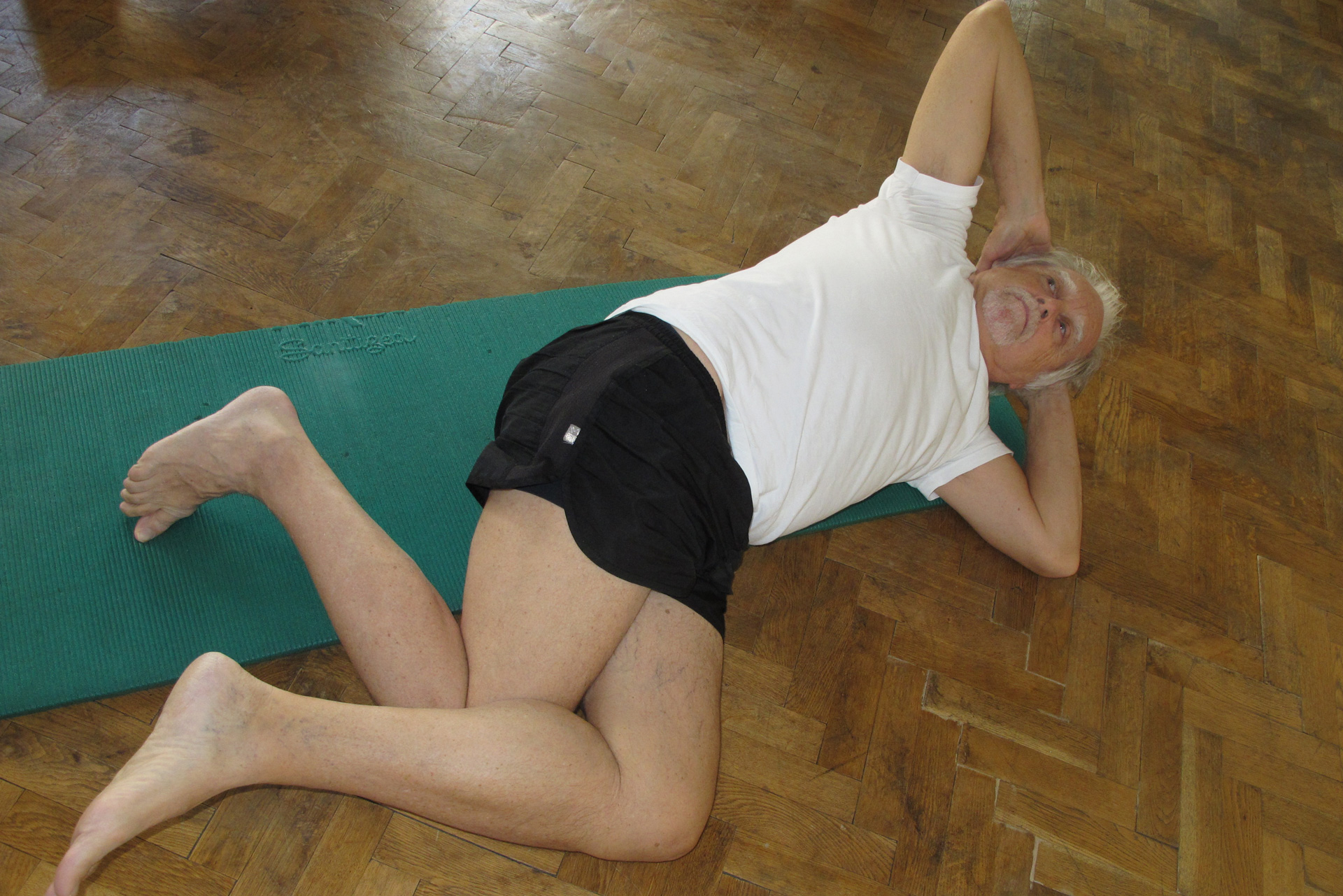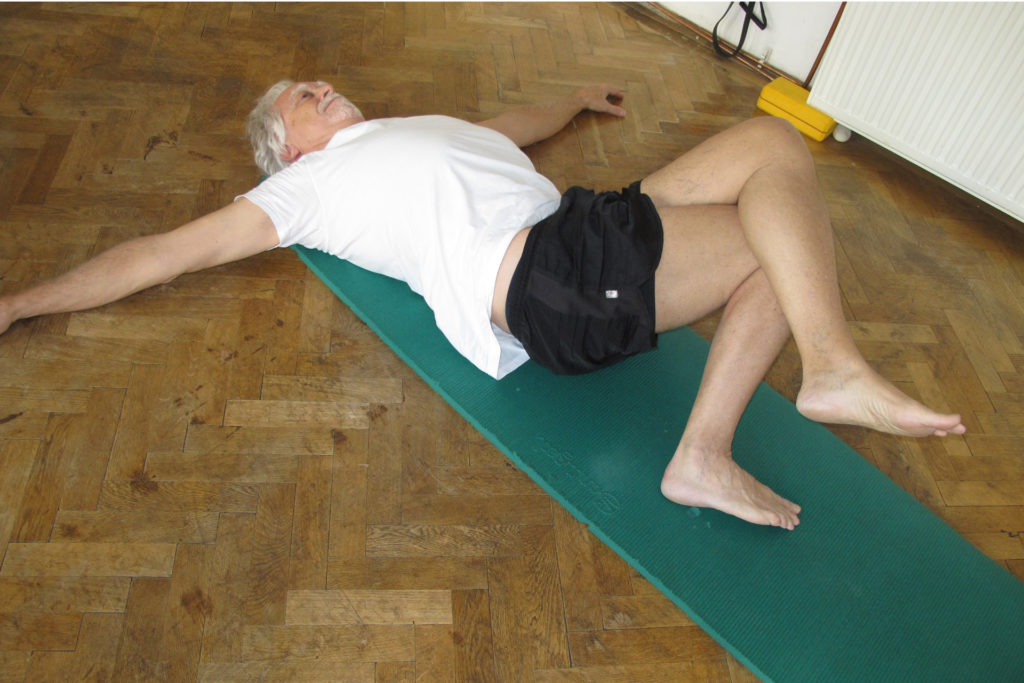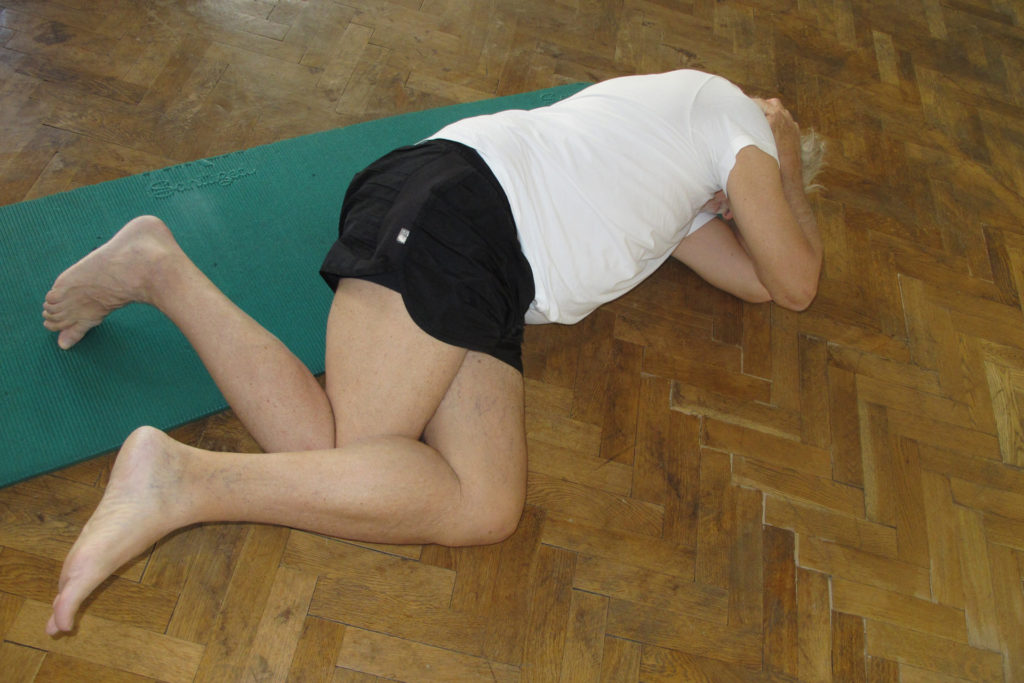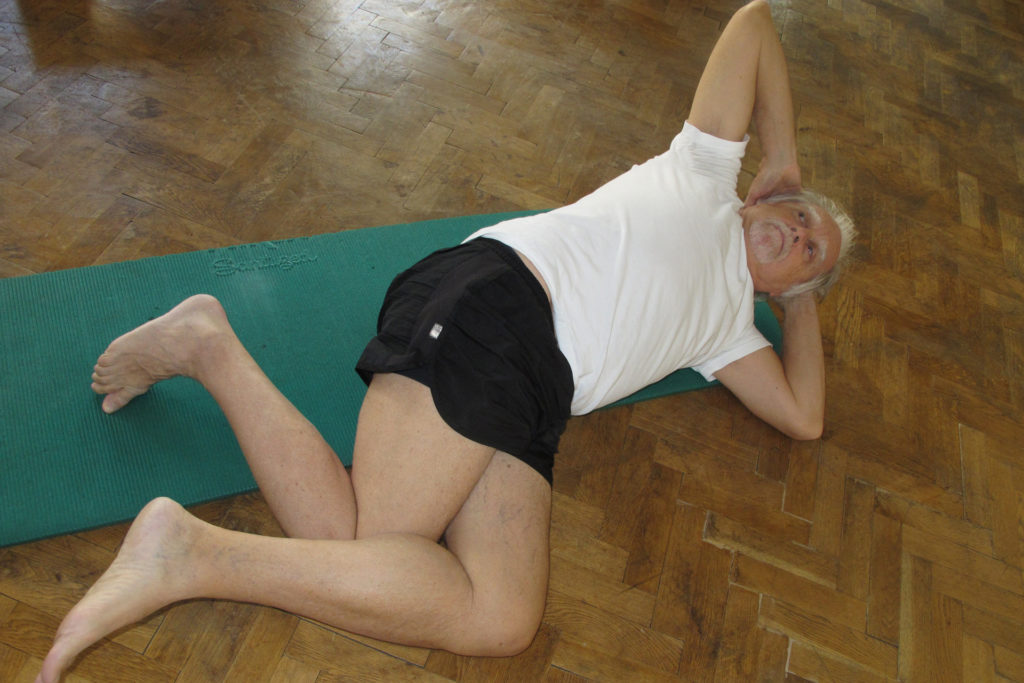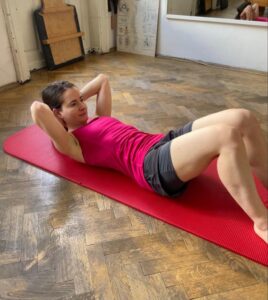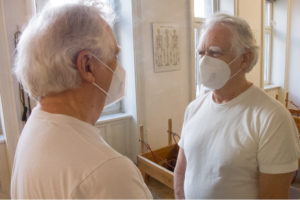The Differentiated Knee Side Roll! Why? Because the freedom of the individual parts defines the integrity of the whole.
Hello movement enthusiasts, I’m Charleston Samu RII Marquis, and I’d like to welcome you back to the Bodyhood Pilates Therapeutic Exercise of the Month Series!
Over the last 30 years I have collected and experimented with specific therapeutic exercises from all over the world. These therapeutic exercises have noticeably contributed to my body-mind development and thus influenced the way I teach.
Because the benefits of these exercises have been so great for me, I would like to share them with you. Every month a new therapeutic exercise.
I have empirically proven these exercises to be of therapeutic value. By therapeutic value I mean that the exercises create a kind of unity between our different body parts. This unity of the different body parts then enables a movement that positively influences our entire body.
The movement sequence I share with you today is the Differentiated Lateral Knee Side Roll. It releases blockages in our neck and lower back.
Goodbye neck and back blockades!
The Differentiated Knee Side Roll releases blockages in our neck and lower back. “Differentiated” means that we reprogram our nervous system with movements that do not correspond to our usual and unconscious movement pattern. Yes, exactly! We reprogramme our nervous system by moving in ways that are unusual and unfamiliar to us.
The Differentiated Knee Side Roll creates awareness of the stiffness of the pelvis, upper body and head and how this stiffness causes problems in our neck and lower back. So, let’s get started …
Feel and notice

We start with sensing our current space of movement. Lie on your back with your legs bent, cross your right knee over your left knee and roll your pelvis to the right side. Observe and sense what this is like.
After our therapeutic exercise, the Differentiated Knee Side Roll, we will sense our movement space again so we can clearly experience the difference.
Now to the therapeutic exercise. Let’s watch the video below to get an idea of the Differentiated Knee Side Roll. Then I will explain in detail how it works. Click and enjoy now;)
Starting position
Lie on the back with the legs bent. The arms are stretched out to the side. Your right knee is crossed over your left knee.
The procedure
Rock in
A – Activate your powerhouse and roll your pelvis to the right.
B – Interlace your hands behind your head and lift your head towards your chest.
C – Move your right elbow to the right towards the mat.
D – Move your head to the right and let your elbow, torso and knees follow.
Swing out
A – Move your right elbow away from the mat towards the ceiling.
B – Let your head follow
C – Activate your powerhouse and let your upper body and pelvis follow until you return to the starting position.
Repeat the sequence to the left side. Feel your range of motion again by rolling your pelvis to the side. Observe and sense. What has changed?
Coaching keys
Use our coaching keys to help you perform the Differentiated Knee Side Roll. Say them and visualise them …
- I focus on the effortlessness of the movement and not on “right” or “wrong”.
- I pay attention to the interaction of my head, chest and pelvis.
- I pay attention to my breathing to see where my movement is not flowing.
The therapeutic value
The Differentiated Knee Side Roll releases pain in our cervical spine, thorax (solar plexus) and pelvis. We all know that these tensions are easily caused by the stress of modern life. And now we also know how to release them:)
Last but not least …
The Pilates connection
The Differentiated Knee Side Roll promotes a more efficient chin to chest position in Pilates exercises such as the Hundreds, Roll Over and Spine Stretch Forward. It also allows for a deeper relaxation of our lower back in Pilates exercises such as the Saw, Open Leg Rocker, and Teaser, to name a few.
Try it & fly with it!
Did you like our blog post? Then kindly support us and share it on social media sites like Facebook, Twitter, group forums, blogs and – all the retro way – personally among friends. We also highly appreciate your feedback on our exercises and posts.
